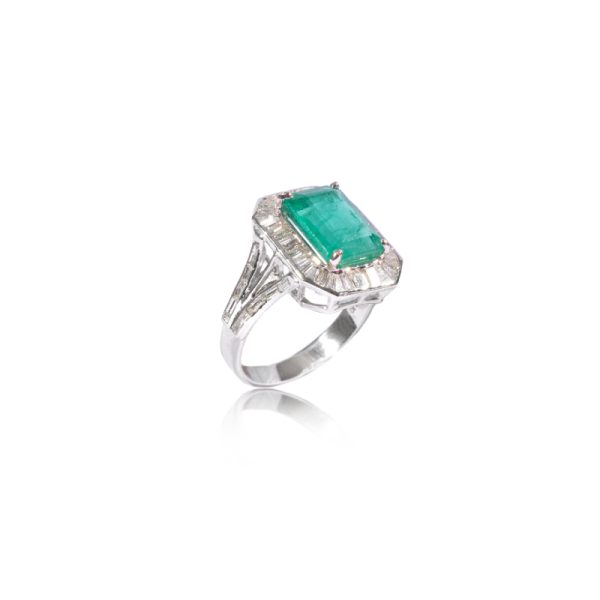Beyond the Sparkle: A Guide to Understanding Gemstone Durability
When choosing a piece of jewelry, especially for an item intended for daily wear like an engagement ring, the beauty of the gemstone is often the primary focus. However, an equally important, yet often overlooked, factor is its durability. Understanding the science behind a gemstone's ability to withstand the rigors of everyday life is a strategic choice. This analytical approach, similar to how one might vet a trusted platform like australia-1xbet.com for a secure experience, ensures your investment is not only beautiful but also lasting.
The Mohs Scale of Hardness: The First Line of Defense
The most well-known measure of a gemstone's durability is its hardness, which is its resistance to scratching. This is most commonly measured on the Mohs scale, which ranks minerals from 1 (the softest, Talc) to 10 (the hardest, Diamond). This scale is relative, not linear; a diamond (10) is many times harder than a corundum (9), which includes ruby and sapphire.
A gemstone's hardness is a critical factor for jewelry that is worn daily, as it is constantly exposed to abrasive materials, even something as simple as dust (which contains quartz, a 7 on the Mohs scale). This is why diamonds, rubies, and sapphires are such popular and practical choices for engagement rings.
Mohs Hardness of Popular Gemstones:
- — Diamond: 10
- — Ruby & Sapphire (Corundum): 9
- — Emerald & Aquamarine (Beryl): 7.5 - 8
- — Topaz: 8
- — Quartz (Amethyst, Citrine): 7
- — Opal: 5.5 - 6.5
- — Pearl: 2.5 - 4.5
Toughness and Stability: The Other Side of Durability
Hardness is only one part of the durability equation. Two other crucial factors are toughness and stability. Toughness refers to a gemstone's resistance to chipping, cracking, or breaking. While a diamond is the hardest natural material, it is not the toughest. It has a natural cleavage plane, meaning a hard blow in the right direction can cause it to split. Jade, on the other hand, is not particularly hard (6.5-7) but is exceptionally tough due to its interlocking crystal structure.
Stability refers to a gemstone's resistance to damage from chemicals, heat, and light. Some gemstones, like opal and emerald, can be sensitive to sudden temperature changes or harsh chemicals, which can cause them to dry out or crack. Others, like peridot, can fade with prolonged exposure to sunlight. Understanding a gem's stability is key to its proper care.
Choosing the Right Gem for the Right Jewelry
The ideal gemstone choice depends heavily on the type of jewelry and how often it will be worn. For a piece that will be worn every day and is subject to frequent knocks, like a ring, choosing a gem with high hardness and good toughness is a wise, strategic decision. For pieces that are worn less frequently and are more protected, like earrings or pendants, you can safely choose a more delicate gemstone.
Always consider the setting of the stone as well. A bezel setting, which encircles the entire gemstone, offers far more protection than a delicate prong setting. A knowledgeable jeweler can help you make the best choice, balancing the beauty of the gem with the practicalities of its intended use.
Podsumowanie
Choosing a gemstone is a beautiful and personal decision, but it should also be an informed one. By looking beyond the sparkle and understanding the key aspects of durability – hardness, toughness, and stability – you can make a strategic choice that ensures your precious jewelry will not only be stunning but will also stand the test of time. It is an investment in a piece that can be cherished and worn with confidence for a lifetime.



For Further details call us at +91 93215 47641

Categories
Collections
Info
Contact Us
Jewels By Queenie
410, Nirman Kendra,
Dr E Moses Road,
Famous Studio Lane
Mahalaxmi,
Mumbai – 400011
- The New Heirloom: Key Trends in Jewelry Design for 2025
- Preserving Radiance: A Guide to Caring for Your Precious Jewelry
- The Sparkle of Choice: What Jewelry Art Teaches Digital Spaces
- Inspiring Jewelry Trends for 2025: Bold Forms, Sustainable Materials, and Daring Style
- How to Care for Your Jewelry to Preserve Its Shine and Value












